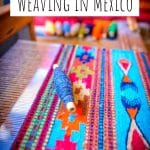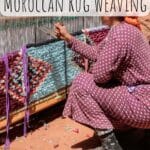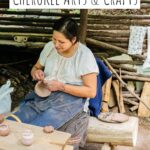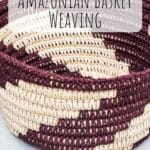A Brief History of Weaving in Ethiopia
Weaving in Ethiopia holds a rich tapestry of history, cultural significance, and artistic craftsmanship that has been woven into the fabric of Ethiopian society for centuries. In this article, we will unravel the threads of this fascinating craft, exploring its historical roots, cultural importance, and the opportunities available for those seeking to delve deeper into the world of Ethiopian weaving.
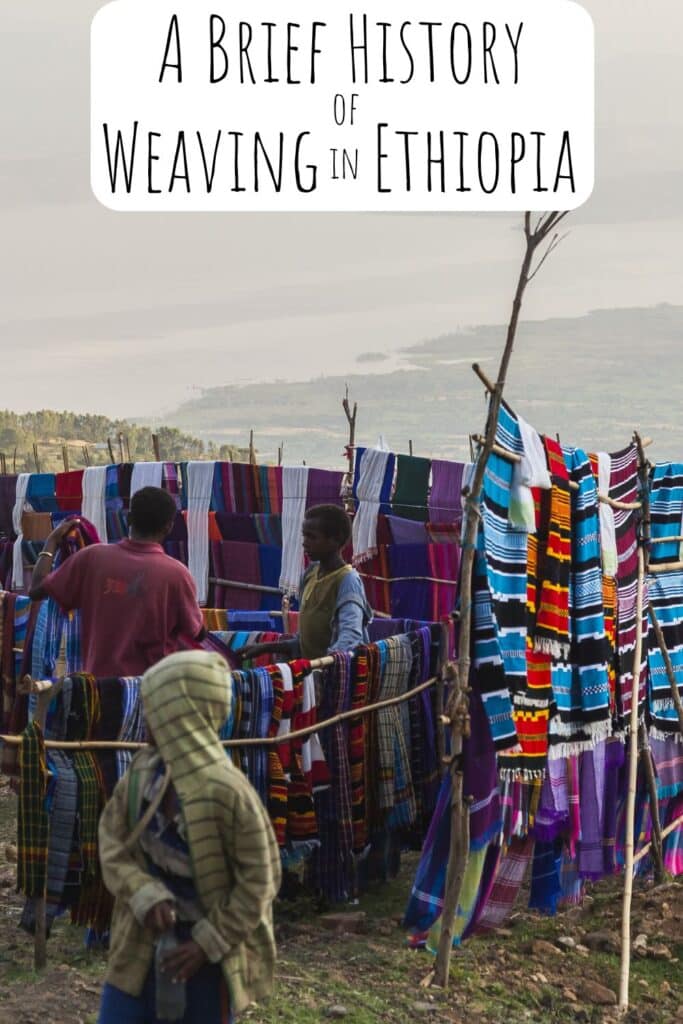
Historical Roots:
Ethiopian weaving has deep historical roots, dating back to ancient times. Archaeological findings suggest that the practice of weaving has been an integral part of Ethiopian civilization for over two millennia. The intricate patterns and designs found in Ethiopian textiles reflect the diverse cultural influences that have shaped the region over the centuries.
One of the most iconic weaving traditions in Ethiopia is associated with the ancient city of Aksum, where evidence of sophisticated looms and skillful craftsmanship has been discovered. The Aksumite Kingdom, flourishing from the 4th to the 7th century, played a pivotal role in the trade of textiles and influenced weaving techniques that continue to endure today.
Weaving communities in Ethiopia face various challenges, including limited access to markets, lack of infrastructure, and the need for sustainable practices. Efforts are being made by local and international organizations to address these challenges and support the weaving industry.
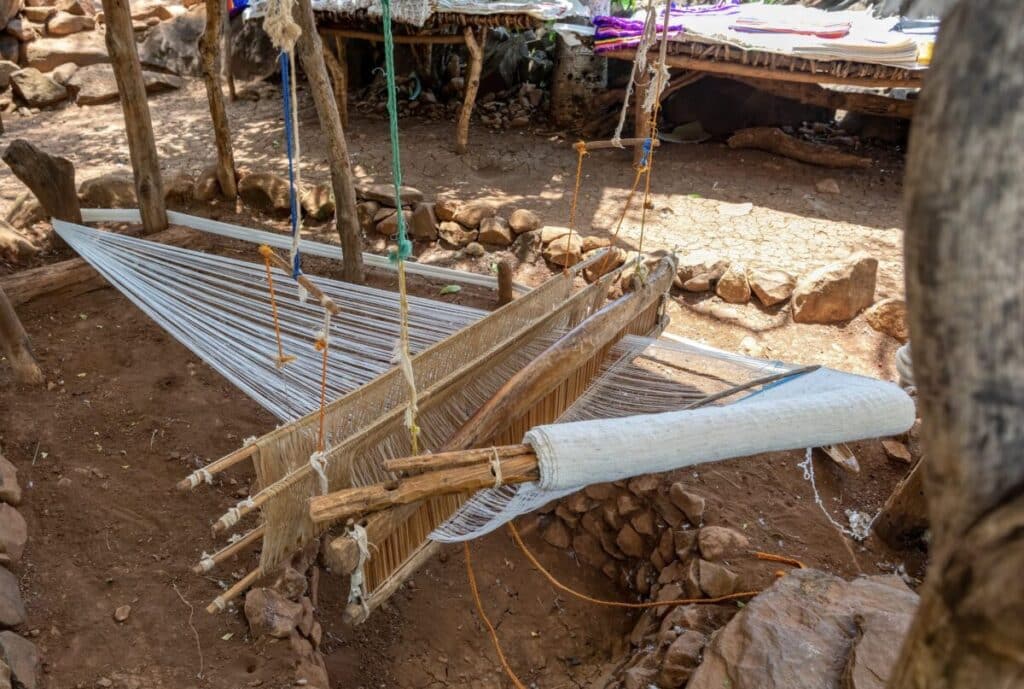
Cultural Significance:
Weaving in Ethiopia goes beyond a mere craft; it is a cultural expression deeply embedded in the identity of various ethnic groups across the country. Traditional Ethiopian fabrics, such as the handwoven shawls known as “netelas” and the intricately designed “tibeb” (embroidered dresses), are not just garments but bearers of cultural narratives.
Different regions in Ethiopia boast distinct weaving styles, patterns, and color palettes, reflecting the diversity of the country’s ethnic groups. The vibrant colors and symbolic motifs in Ethiopian textiles often convey messages related to identity, social status, and historical events. Weaving, therefore, serves as a visual language that communicates the rich cultural heritage of the Ethiopian people.
Traditionally, weaving in Ethiopia has been a skill passed down through generations, with women playing a central role in its preservation. Women often take the lead in weaving, contributing significantly to the economic sustainability of their families and communities.
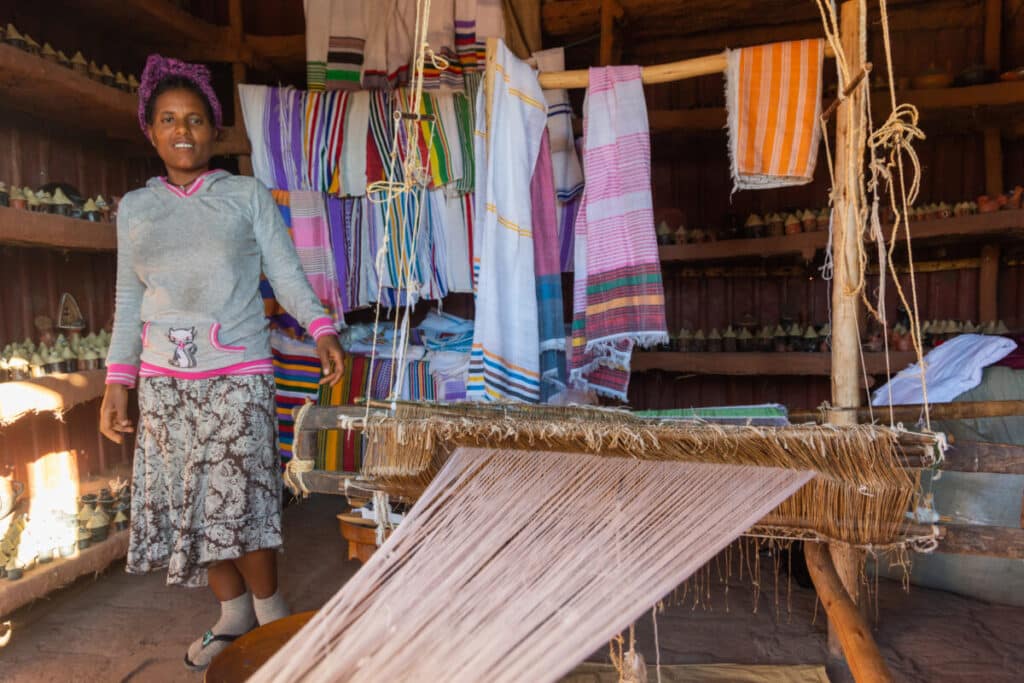
Craftsmanship and Techniques:
Ethiopian weaving is characterized by its meticulous craftsmanship and the use of traditional techniques passed down through generations. Handloom weaving remains a prevalent method, with weavers using techniques like backstrap and foot-treadle looms. The incorporation of locally sourced materials, such as cotton and silk, enhances the unique texture and quality of Ethiopian textiles.
Many Ethiopian weaving patterns and motifs have symbolic meanings deeply rooted in cultural and religious beliefs. Understanding the symbolism adds an extra layer of appreciation for the art, as these patterns often tell stories or convey spiritual significance.
While preserving traditional techniques, contemporary Ethiopian weavers are also adapting to modern trends and markets. Some weavers incorporate innovative designs, colors, and materials to appeal to a broader audience while maintaining the essence of their cultural heritage.
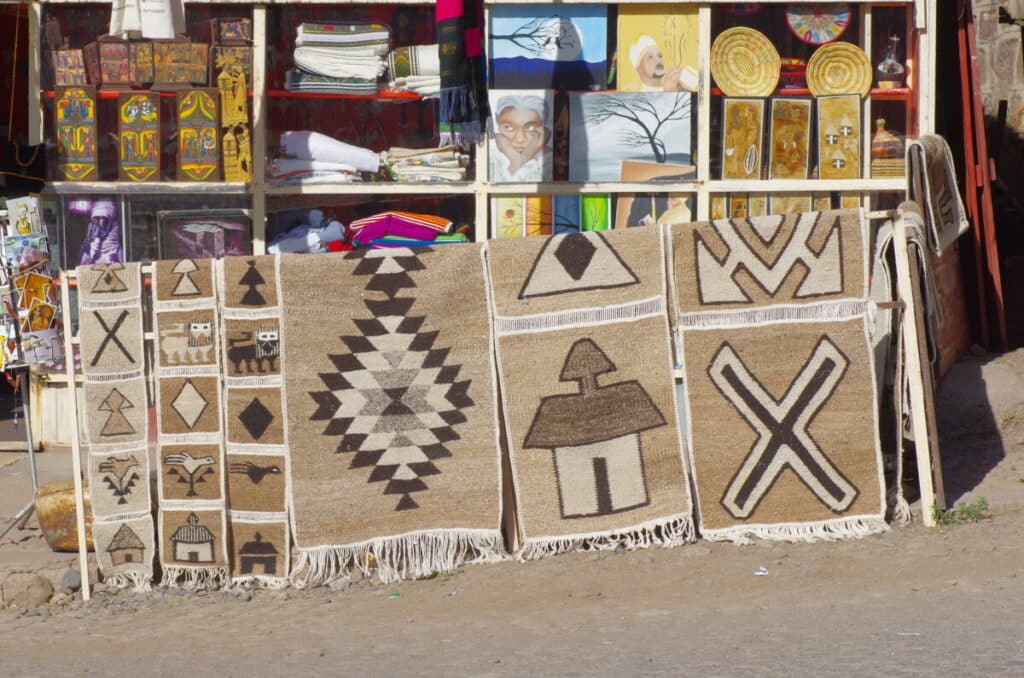
Ethiopian weavers often use natural dyes derived from plants, roots, and minerals to color their threads. This eco-friendly approach not only contributes to the vibrant hues of the textiles but also aligns with sustainable and traditional practices.
Ethiopian weaving is renowned for its distinctive styles and patterns, and there are several popular examples that showcase the artistry and cultural richness of the craft. Here are some notable examples:
Netela:
The Netela is a traditional Ethiopian shawl or scarf worn by both men and women. It is typically made of cotton or silk and features intricate patterns along the borders. The Netela is not only a practical garment but also a symbol of Ethiopian identity and cultural pride.

Tibeb:
Tibeb refers to the traditional Ethiopian dresses adorned with vibrant embroidery. These dresses are often worn during special occasions, ceremonies, and celebrations. The embroidery on Tibeb dresses is known for its geometric shapes, floral motifs, and symbolic patterns.
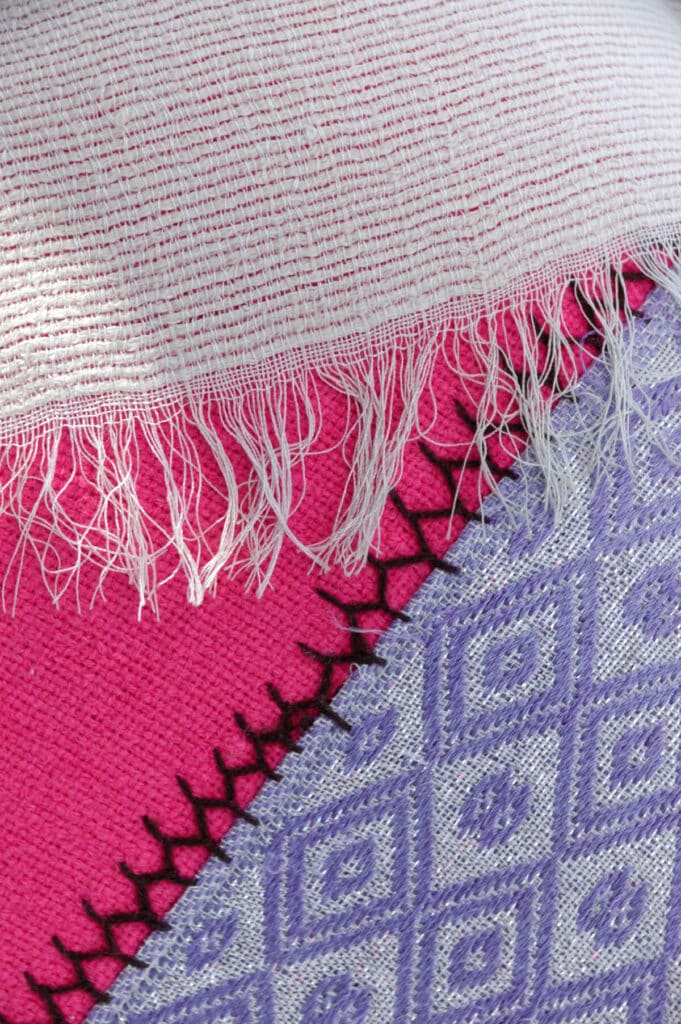
Gabbi or Shamma:
The Gabbi or Shamma is a large rectangular cloth worn by Ethiopian men. It is commonly made from cotton and features bold stripes and patterns. The Gabbi is versatile and can be worn as a shawl, wrap, or even a makeshift blanket.
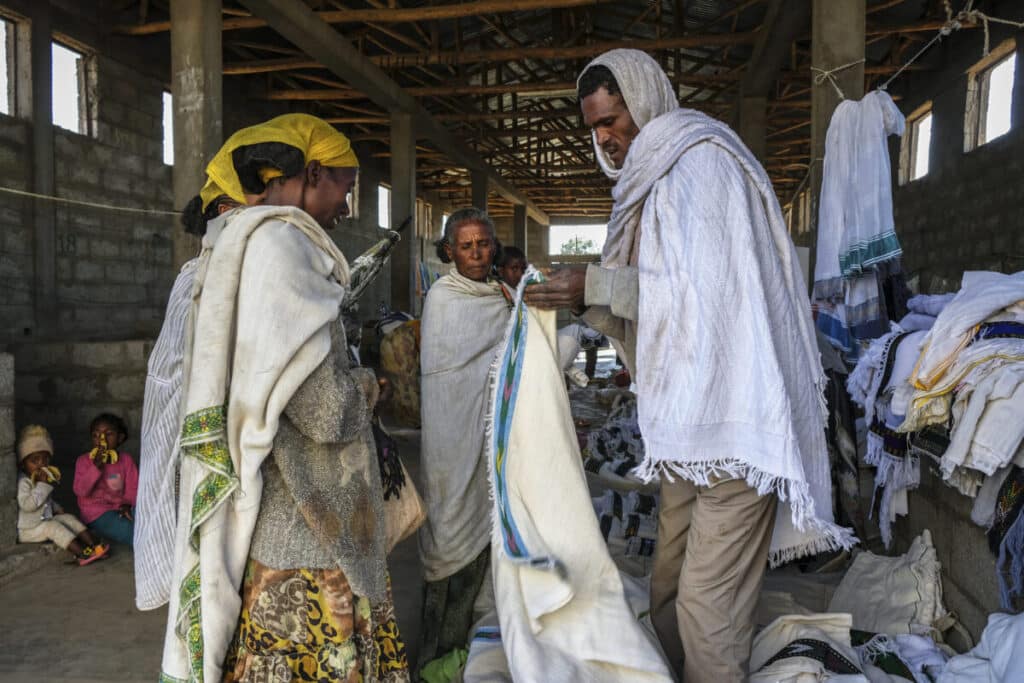
Bulayi:
Bulayi is a type of handwoven cotton fabric with a distinctive checkerboard pattern. It is often used to make traditional skirts and wraps. The checkerboard design reflects the precision and skill of Ethiopian weavers.
Gabi:
Similar to the Gabbi or Shamma, the Gabi is a handwoven cotton cloth, but it is smaller in size. It is commonly used as a wrap or blanket and is known for its softness and comfort. The Gabi is a staple in Ethiopian households.
Church Tapestries:
Churches in Ethiopia are adorned with intricately woven tapestries, often depicting religious themes and biblical stories. These ecclesiastical textiles are created with meticulous attention to detail and play a significant role in the visual richness of Ethiopian Orthodox Tewahedo Church ceremonies.

Ethnic-specific Designs:
Different ethnic groups in Ethiopia have their unique weaving styles. For example, the Gurage people are known for their colorful Guragigna fabrics, and the Konso people are recognized for their finely woven traditional skirts known as Shukumbi.
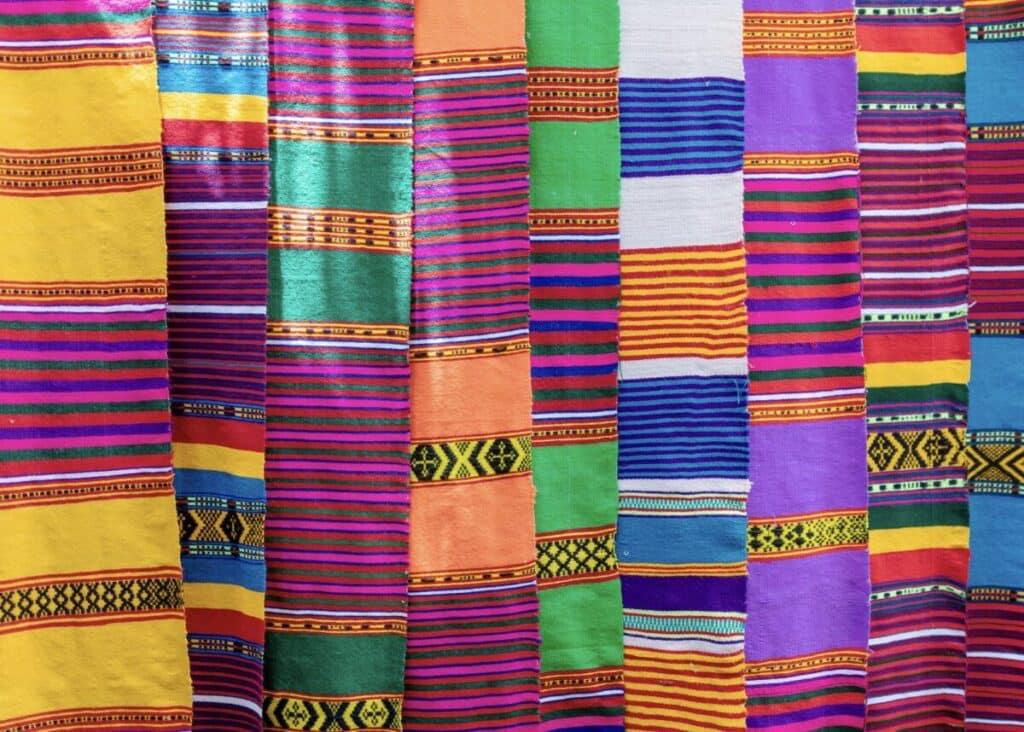
Mesob Covers:
Mesobs are traditional Ethiopian tables used for serving meals. The covers for these tables, known as Mesob Covers, are often handwoven and feature bright colors and geometric patterns. They add a touch of tradition to the dining experience.
Baskets and Rugs:
Weaving extends beyond textiles to include baskets and rugs. Ethiopian baskets, known as Mesob, are intricately woven and come in various shapes and sizes. Rugs, often made from natural fibers, showcase unique patterns and are used for both practical and decorative purposes.
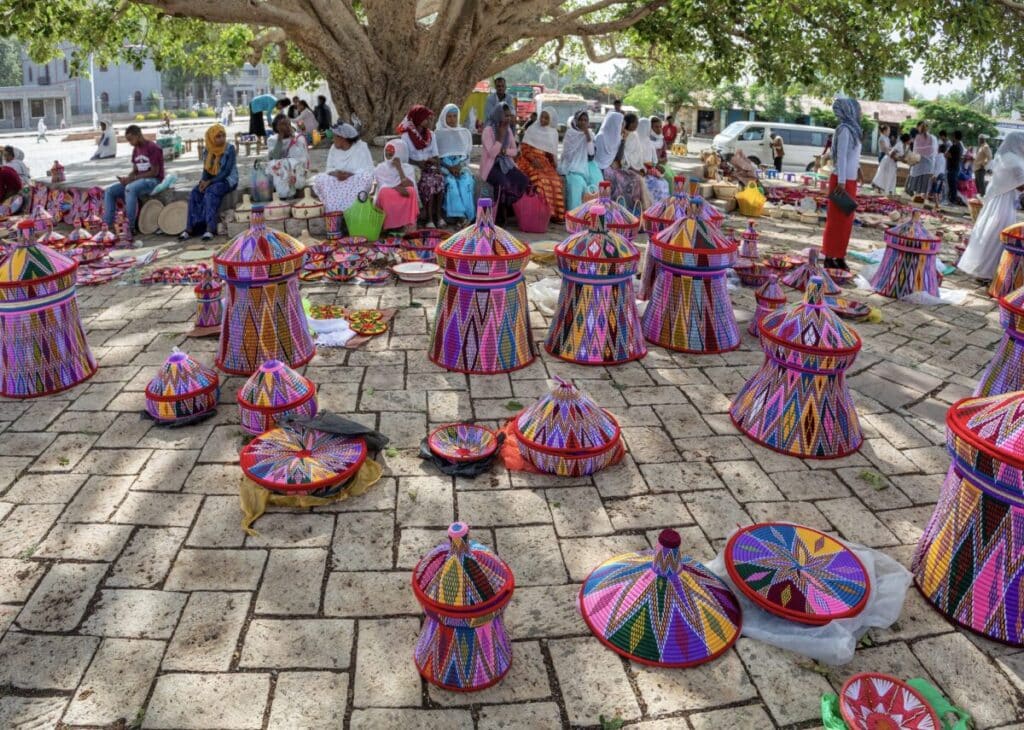
Shoowa Cloth:
The Shoowa Cloth, also known as Kuba cloth, is traditionally associated with the Kuba people in Ethiopia. It is made from the fibers of the Raffia palm and features complex geometric designs created through an elaborate process of weaving and embroidery.
These examples highlight the diversity and creativity within Ethiopian weaving, demonstrating how this ancient craft continues to thrive and evolve across various regions and communities in the country.
Opportunities for Learning:
For those captivated by the art of Ethiopian weaving, there are ample opportunities to delve into the craft firsthand. Ethiopia offers a range of experiences for enthusiasts looking to learn and engage with traditional weaving techniques. Some notable places to explore include:
Ethnological Museums: Museums across Ethiopia, such as the National Museum in Addis Ababa, showcase a rich collection of traditional textiles and artifacts. These museums often host exhibitions and workshops, providing insights into the history and techniques of weaving.
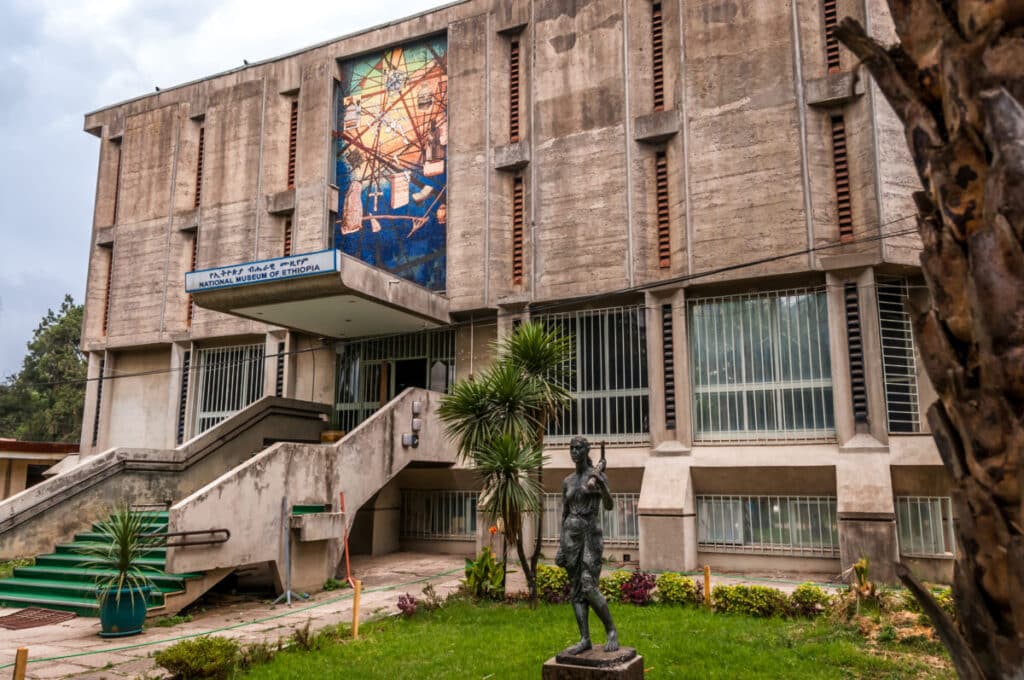
Craft Centers and Workshops: Various craft centers and weaving cooperatives exist in cities and rural areas, offering hands-on experiences for visitors. These centers provide a unique opportunity to interact with skilled artisans, observe the weaving process, and even try your hand at creating your woven masterpiece.
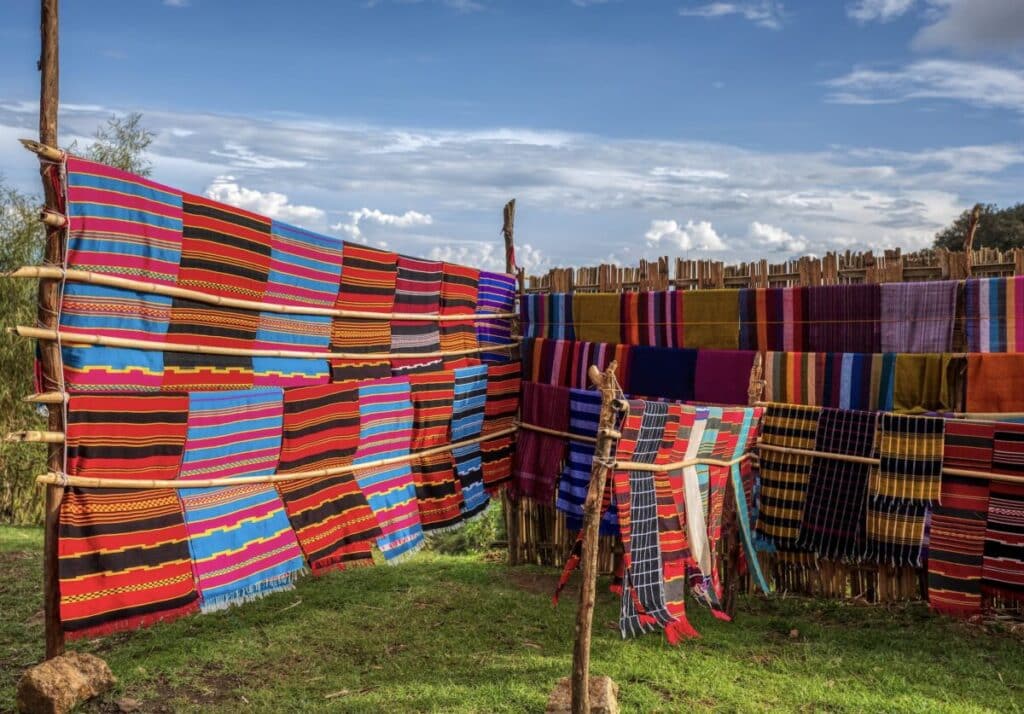
Cultural Festivals: Attending cultural festivals, such as Timket (Epiphany) or Meskel (Finding of the True Cross), provides an immersive experience into Ethiopian traditions, including weaving. These festivals often feature vibrant parades where traditional garments and textiles take center stage.
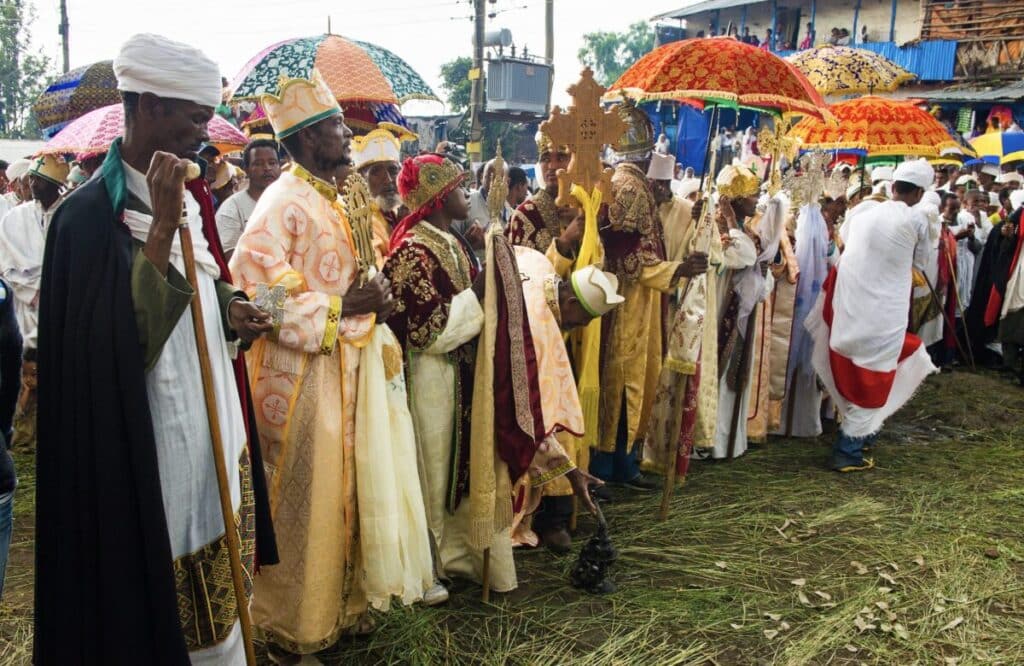
The history of weaving in Ethiopia is a testament to the resilience of cultural traditions that have withstood the test of time. From ancient civilizations to modern-day communities, Ethiopian weaving continues to be a vibrant and integral part of the nation’s cultural heritage. As opportunities for learning and appreciation abound, the threads of this ancient craft weave a narrative that connects the past with the present, creating a colorful tapestry that reflects the enduring spirit of Ethiopian culture.
To learn more about weaving in other cultures, check out this brief history of weaving in Cambodia and this brief history of weaving in Mexico.


